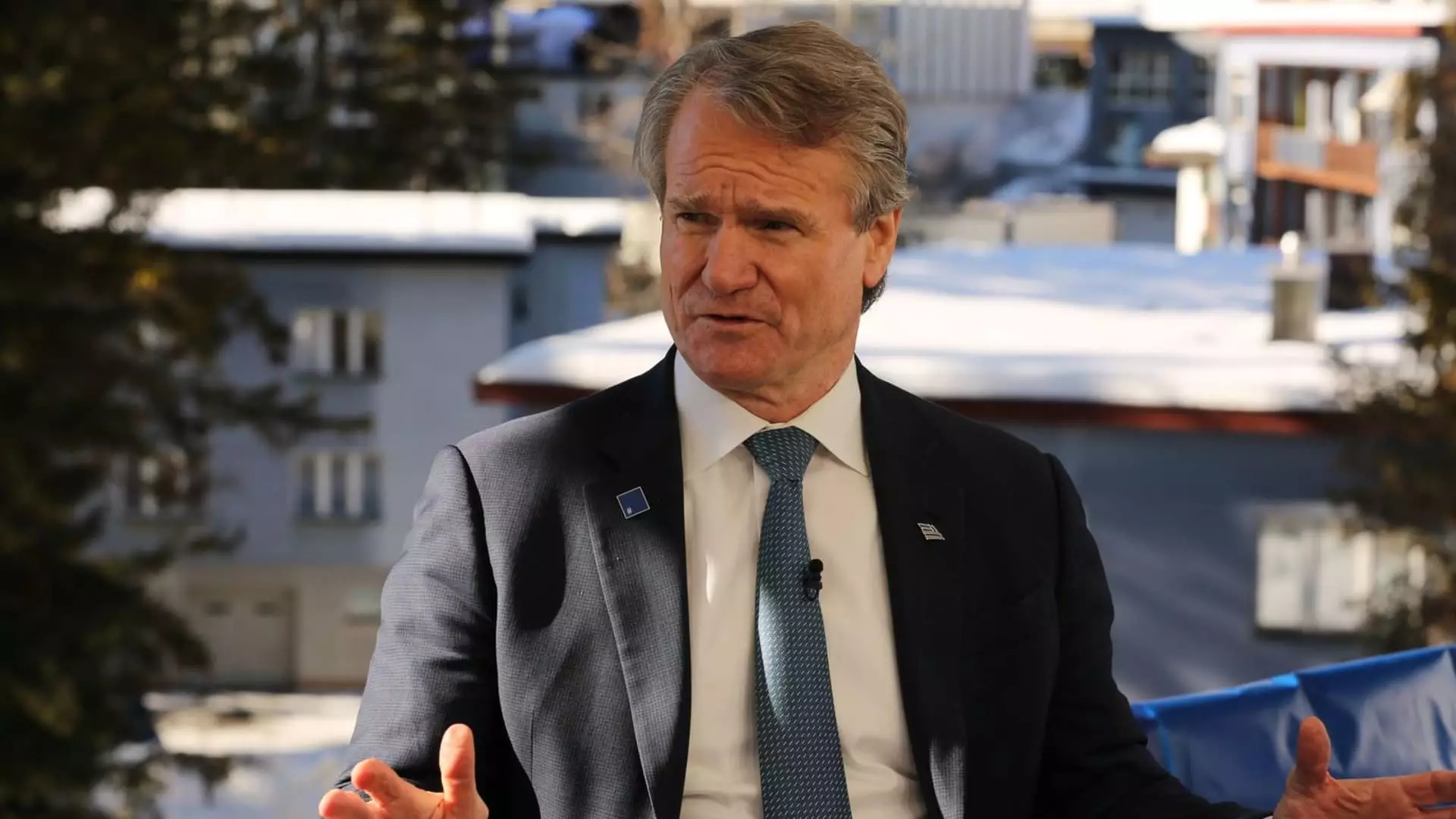In a revealing update on the economic landscape, Brian Moynihan, CEO of Bank of America, has highlighted robust consumer spending as a significant factor affecting potential Federal Reserve actions regarding interest rates. During a recent interview, Moynihan noted that consumer expenditures in early 2023 have surged approximately 6% compared to the same timeframe in the previous year. This increase suggests a shift in economic sentiment, indicating that consumers are willing to spend, which can have profound implications on monetary policy.
The Implications of Increased Spending
Moynihan elaborated on the observations that consumer spending is not only growing but doing so at an accelerated rate compared to the final quarter of 2022. Such trends typically create a ripple effect through the economy, influencing everything from retail sales to inflation rates. The CEO’s remarks underscore a critical understanding that sustained consumer activity can lead to price stability and demand resilience. In turn, these conditions could lead the Federal Reserve to maintain current interest rates, rather than initiating cuts.
This stance is particularly noteworthy given the recent statistics released by the Bureau of Labor Statistics. Their report indicated stronger-than-expected growth in the U.S. consumer price index, compelling market analysts to reconsider their predictions regarding the Fed’s rate-setting trajectory. The possibility of continued high inflation presents challenges, as it restricts the central bank’s ability to implement cuts as a countermeasure to sluggish economic growth.
The Fed’s Dilemma
Since September 2022, the Federal Reserve has embarked on a path of easing monetary policy, marking the first time it has taken such steps since the onset of the COVID-19 pandemic. However, Moynihan’s insights indicate that despite the easing cycle, the persistence of inflation could impose constraints on how much more the Fed can realistically lower rates. He pointed out that while current rates have a restraining effect, the lack of significant progress against inflation renders rate cuts unlikely in the immediate timeframe.
This sentiment resonates with the Bank of America research analysts, whose forecasts align with Moynihan’s conclusion: elevated inflation conditions will likely preclude any forthcoming reductions in interest rates. They argue that the economy requires a period of stabilization before any substantive changes can unfold in the Federal Reserve’s monetary strategy.
In view of these developments, market participants and economic observers must remain vigilant. The interplay between consumer spending, inflation, and interest rates will undoubtedly shape the trajectory of the U.S. economy moving forward. With the current climate showing resistance to rate cuts, stakeholders must prepare for sustained interest rates until indications of meaningful inflation progress emerge. Moynihan’s comments serve as a crucial reminder of the interconnectedness of consumer behavior and broader economic policy, emphasizing the need for ongoing vigilance and adaptability in these rapidly changing times.

